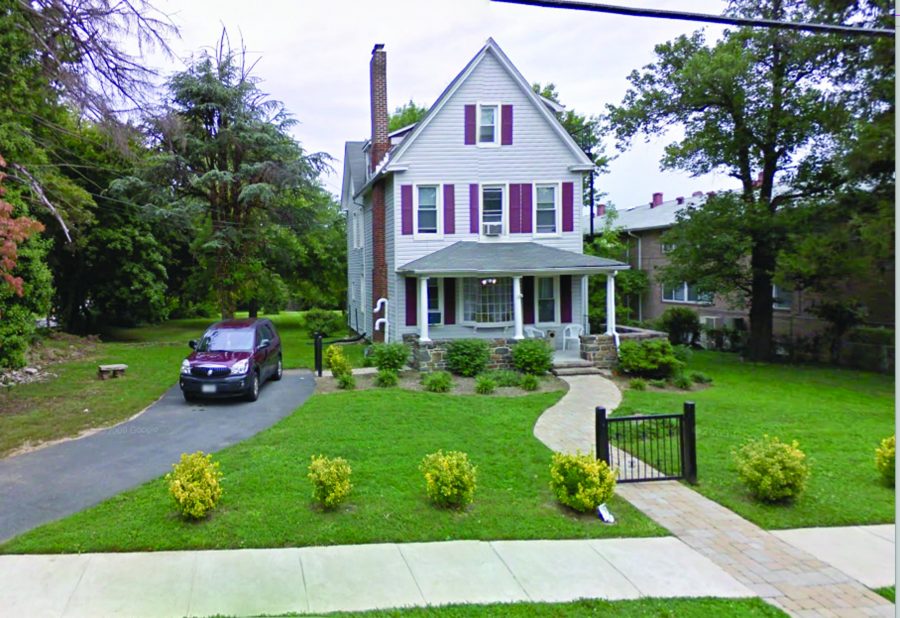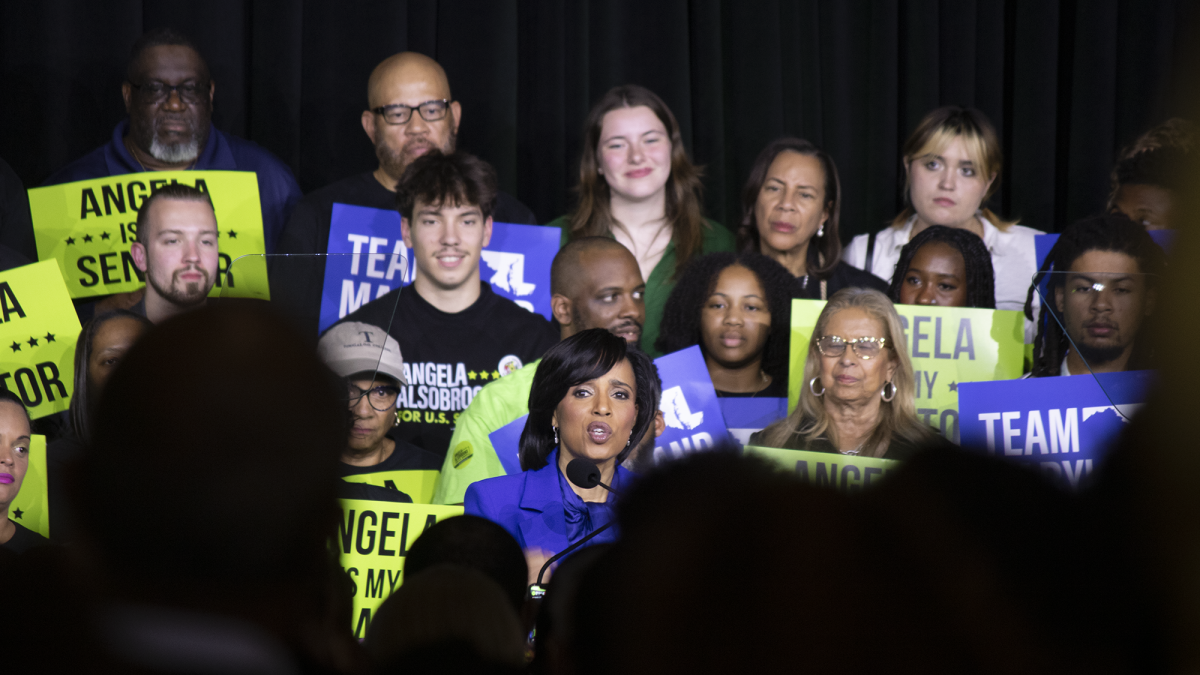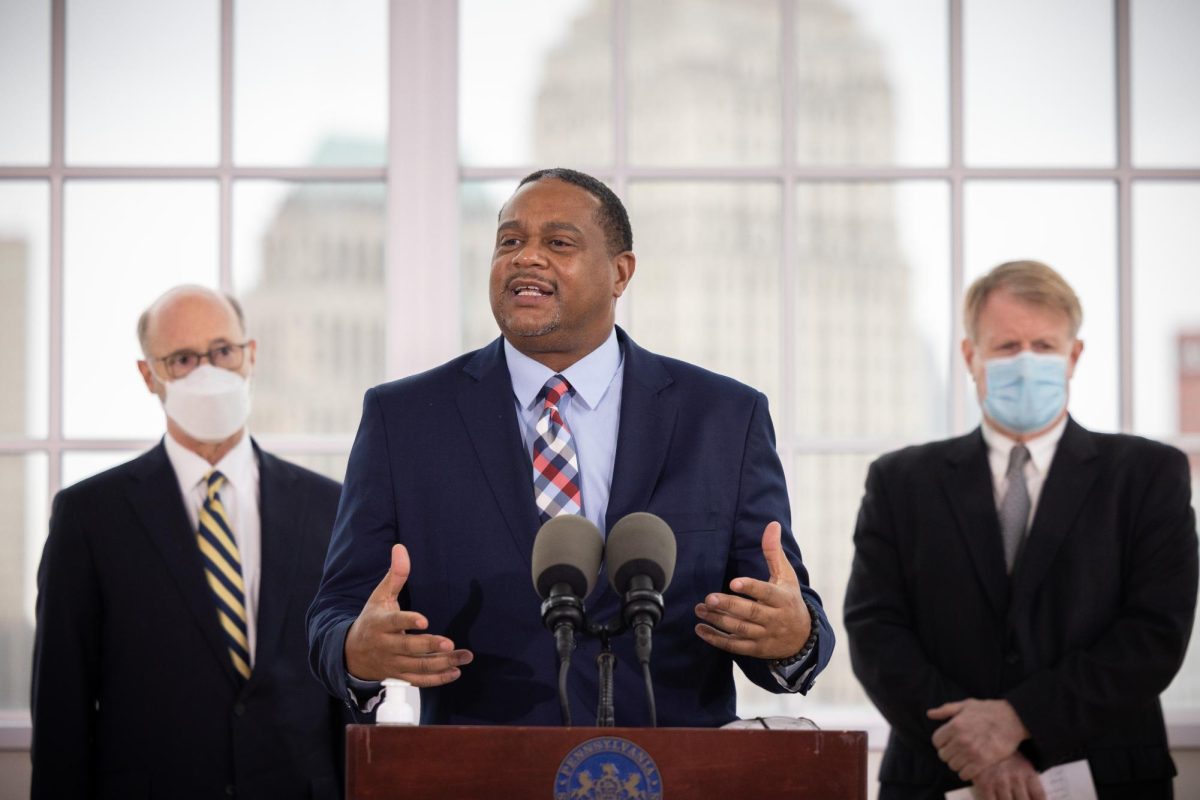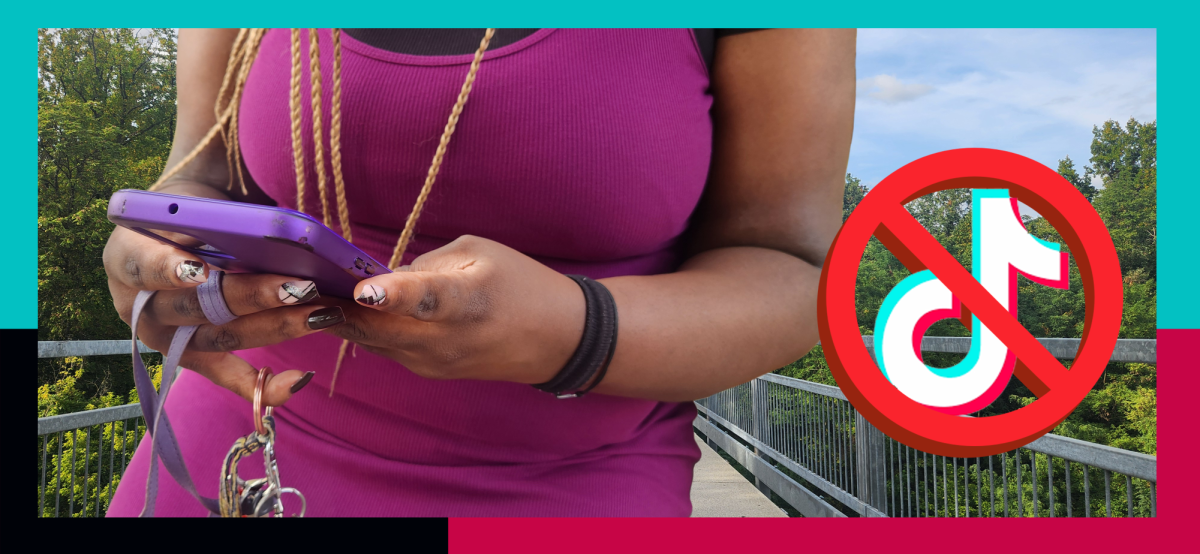Drug use among college-aged students has jumped from 20 percent in 2008 to 22 percent in 2010, according to a study conducted by the U.S. Substance Abuse and Mental Health Services Administration, with marijuana use among young adults aged 18 to 25 most responsible for the rise. According to the Higher Education Center for Alcohol and Other Drug Prevention, nearly one-third of all Americans have tried marijuana at some point in their lives. But students at HBCUs use marijuana less than students at predominantly white institutions. The Higher Education Center’s 2008 study of 33,379 students found that 11 percent of black students used marijuana in the 30 days prior to the study compared to 17 percent of white students, 18 percent of Hispanic students, and 9 percent of Asian/Pacific Islander students. That same study found that 5 percent of African American students used an illegal drug other than marijuana in the past year compared to 13 percent of white students, 7 percent of Asian/Pacific Islander students and 13 percent of Hispanic students.
Marijuana is considered a drug that leads to harder drugs with more serious consequences. In itself, marijuana has serious side effects, especially on developing minds and bodies, according to the U.S. Substance Abuse and Mental Health Services Administration. College students, already stressed with adult responsibilities and classes, say they often turn to weed for release and relaxation, not fully realizing the effects of using it. One Morgan senior explains, “I just smoke because it gives me the best sleep at night. It’s kind of like medicine to help me sleep.”
Although a lot of students may smoke marijuana, there are some who do recognize the dangers or consequences of smoking. “I use to smoke all the time,” says a Morgan junior, shaking his head. “I smoked because tree made me feel like I was in another world and had no worries at all. I had to stop because I would never do my homework or study for tests because I was too high.”
Nine out of ten college-aged marijuana users also drink alcohol and smoke cigarettes, according to the Live Strong Foundation, which says that they can then become involved in behaviors that put them at an increased risk for sexually transmitted diseases. Because marijuana slows reaction times, driving under the influence also puts students at greater risk of being involved in an automobile accident. “I don’t smoke but I have tried it before,” says James Allen, a former student at University of Maryland College Park. “When I tried it for the first time, I did not feel like doing anything and just wanted to go to sleep. I tried driving after I got high and almost crashed my car, which is the reason I never smoked again.”
College students who are still in the developmental stages also face delays in sexual development and a decrease in sperm production, says the Live Strong Foundation. Marijuana use damages the immune system, leaving students at a higher risk of developing infection and having slower healing rates from common illnesses like the cold or flu.
The immediate effects of marijuana use in college students are almost always apparent. Upon inhalation of the THC chemicals in marijuana, students experience increased heart rate, dry mouth and blood shot eyes. They lose coordination and have difficulty speaking and listening, which interrupts class work and social relationships. The altered states of being high make it more difficult to acquire and retain new information and comprehend new ideas and information. Marijuana, while not physically addictive, is psychologically addictive, which can lead to the need for treatment and loss of time that could be spent towards obtaining a degree. A lot of students are so used to marijuana being around, that it does not even bother them. It’s an everyday thing at some colleges and universities, including Morgan.
“It’s natural at my school,” says a West Virginia University senior who declined to be indentified. “You will be considered weird or out of place if you don’t smoke pot at least once a day.”
Although the statistics show that students at predominantly white institutions do indeed use marijuana more than HBCU students, marijuana use is still growing among both age groups. States such as Colorado and Washington voted to legalize recreational use of marijuana this month, but the impact on college students in those states—and nationally—is unknown.







